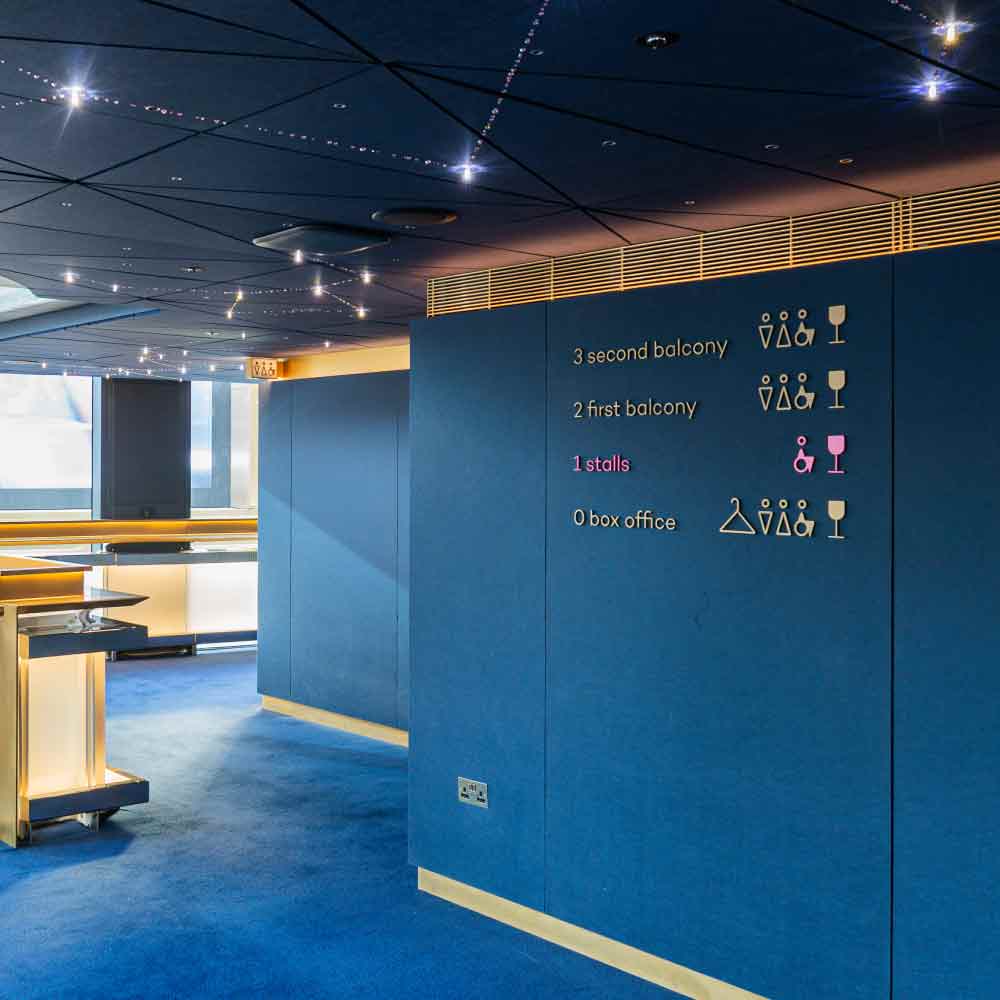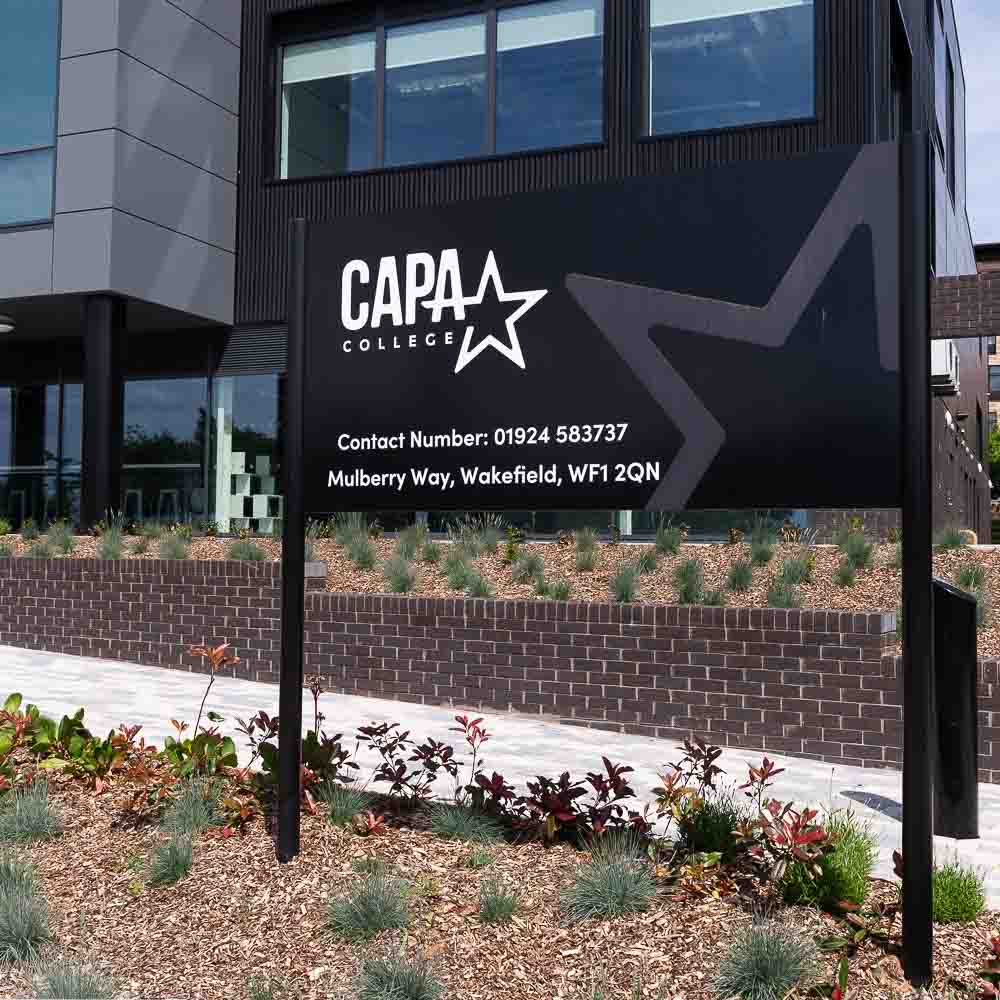Wayfinding is important to get right so naturally there are some standards to adhere to when designing or creating a wayfinding strategy.
Why is wayfinding so important? People rely on wayfinding to get from A to B on time. In some environments, such as a hospital, it is vital people can find their way around easily. Even schools or offices need effective wayfinding. Otherwise, you risk upsetting customers, students or workers who cannot get where they need to go in a good time.
Wayfinding signage should ideally be located in the perfect places to keep them relevant and accessible.
Avoid upset and stress for people using your signs to navigate, by sticking to these best practice tips during design.
Location
When planning your wayfinding strategy work with an actual map of the area and ensure you have visited it several times. This will give you a proper indication of what the user will be going through. Environmental factors such as lighting will impact where you place your signs, and whether they are illuminated or not.
If you know the area too well, ask people who have never been there to try out your strategy or make recommendations for you.
Part of the location planning is the consideration of height and whether a sign is going to be clear at that distance from the ground. The ideal place for a sign might not be an appropriate place to actually put one so alternative locations should also be factored in.
Relevance
All wayfinding signs need to be relevant. This refers to not overcrowding the signs with more information than needed. This will tie in to where you plan on placing signs as well as how big the areas is. In large organisations, such as a hospital, it may be more relevant to have a map in some areas and a room list in other areas.
If there already signs in the area that will be staying, consider how making your new signage look similar will help people navigate. Different types of signs in one place can confuse visitors.
Another best practice for wayfinding signage is making the design relevant to the place it will be in. Corporate settings, hospitals and schools all have different uses and styles so keeping with those themes is the best way to make your signage feel like part of the environment.


Accessibility
It is important to take accessibility into account when creating a wayfinding strategy. One best practice tip for accessible signage is to ensure it can be read no matter what height the person is at. This ensures people of short stature or who are seated, should be able to read a sign as well as a person of average height standing up.
For people with visual impairments, xsign created the Talky Sign. This amazing invention gives audible directions when the button is pressed and can be incorporated into other sign types. Including Braille and Tactile designs onto your signage will also make it more accessible.
Other ways you can make your wayfinding signage more accessible is by making it dementia friendly and easier for people with cognitive impairments or neurodiversity through careful design. Read our blog about dementia friendly signage here.
Creating a full wayfinding strategy is a complex and specialised process that requires the right tools, knowledge and skills to make it a success. Considering location, relevance and accessibility should be at the core of your design and following these best practice tips will help get your strategy off to the best start.


